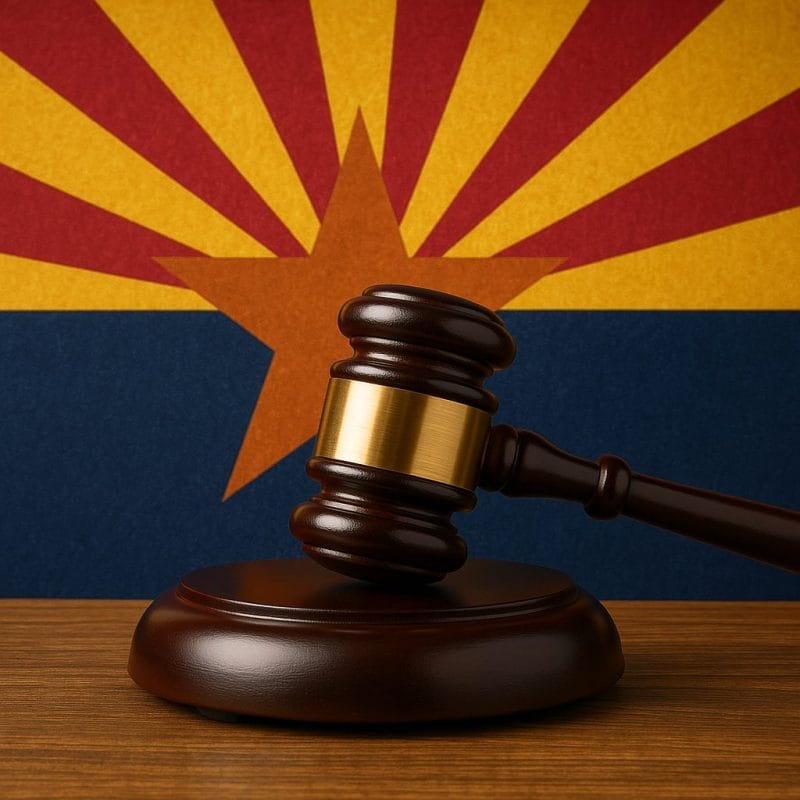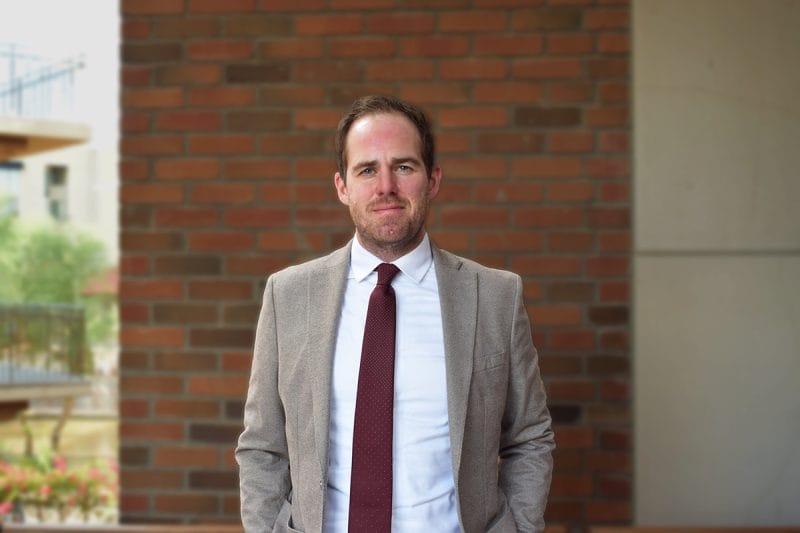Bars take Ducey to court

Information from Andrew Oxford | The Arizona Republic, Howard Fischer | Capitol Media Services
Gov. Doug Ducey on Thursday issued an executive order further limiting restaurant capacity for dine-in service to below 50% in an effort to curb the spread of COVID-19.
The Republican leader previously had required restaurants to operate at “reduced occupancy to maintain 6 feet between customers” but had not defined “reduced.”
“This is a process of risk reduction,” he said at an afternoon news briefing. “It’s about making the best decision possible to reduce your risk of contracting this virus, to reduce your risk of spreading the virus and especially spreading the virus to someone that’s most vulnerable.”
The order came less than two weeks after the governor shut down bars, gyms, theaters, water parks and inner-tubing in response to the state’s spiking case numbers and hospitalizations. As of Thursday, Arizona had more than 112,000 confirmed cases of COVID-19 and faced one of the worst surges in the country.
******
Bar owners from around the state are asking the Arizona Supreme Court to rule that Gov. Doug Ducey does not have the constitutional authority to shut them – or any other business – down.
Attorney Ilan Wurman is not contending that there is not an emergency due to the COVID-19 outbreak.
But Wurman, an associate professor at Arizona State University, said the law that gives Ducey the unilateral power to do things like close down certain businesses “unconstitutionally delegates the legislative power of this state to the governor. And he wants the justices to not only void the law giving the governor those powers but also declare that any orders Ducey already has made under that law are illegal and cannot be enforced.
The outcome of the legal fight would affect not just the owners of the 20 bars around the state that are challenging his authority over them but every other kind of business that Ducey has ordered shuttered or whose operations he has directed be curtailed. And it also could affect the governor’s future ability to impose a new stay-at-home order as well as any directives he issues about when schools can and cannot open.
There was no immediate response from the Governor’s Office.








